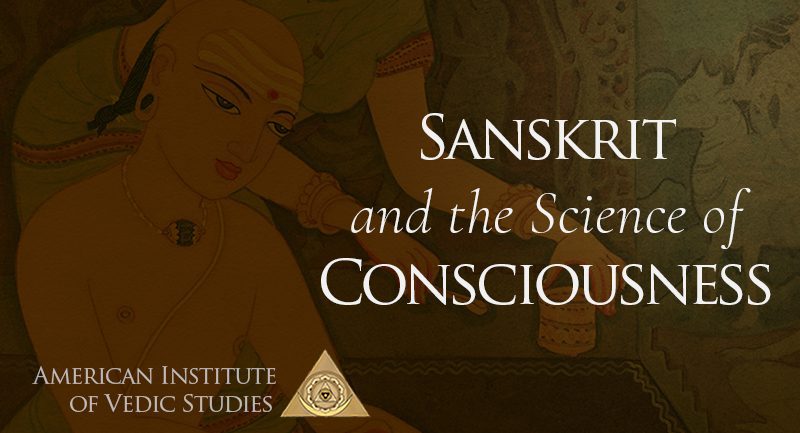Across the centuries Sanskrit has not only proved to be one of the oldest and elite languages of the world but also has shaped modern science too. If you look back at history you will find how immensely it had contributed to modern civilization. Along with being an ancient language Sanskrit also holds a rich history in India as well. Many of the fundamental mathematical and scientific concepts had been documented through this language. In recent years even after the advancement of technology and the growth of modern gadgets, interest in this language has been growing not only in India but also across the world too.
The question which arises here is simple. What does Sanskrit contain which makes it the language of science? Below are the reasons for its significance in history and how it even benefits us in this advanced technological era too.
What Makes Sanskrit Considered As The Language Of Mathematics And Science
Sanskrit has an academic history that stretches back thousands of years. In fact, it had been the Sanskrit texts which described for the first time many of the mathematical and scientific concepts. These concepts have proved to be a path-breaking revolution in this modern world. In 2016, the former President of India, Pranab Mukherjee identified multiple key scientific works which had originally been mentioned through the Sanskrit text. He stressed the relevance and need for promoting and preserving this ancient language.

For example, zero was never a concept until the time it was described by the Brahmi numerals. Various forms of arithmetical numerals were initially written in Sanskrit. Another breakthrough was the decimal system which many agree to be the most revolutionary factor in mathematics during that era.
The decimal system in Sanskrit has helped in overcoming the Roman system for numerals because when one had to write bigger digits such as a million, he was required to use the letter M a thousand times. With the evolution of zero in Sanskrit, after 1 the addition of six zeros would easily denote that figure.
In addition to that, the earliest description of Pythagoras’ theorem was mentioned in the Sulba Sutras. It was written by Aryabhat and delivers very clearly the theories of trigonometry. He was also the person behind the calculation of pi. This language formed the core text for many ayurvedic practitioners for various pathology reasons and the treatment of diseases too.
How We Have Been Incorporating Sanskrit With Our Daily Living
The interest in using Sanskrit in our daily lives and with modern applications has increased massively. Researchers from the United States, India, and Germany have introduced a computational language for Sanskrit. It aims to build language processing tools in Sanskrit. The Government of India has also been promoting this language too. It is not only incorporating the language into academics but also helping to preserve the rich scientific and cultural heritage of this language.
It is worth noting that India had once led the world in Science where Sanskrit had a major role to play. While advancing it is important to recognize the power of this language and its contribution to modern technology all across the world.




